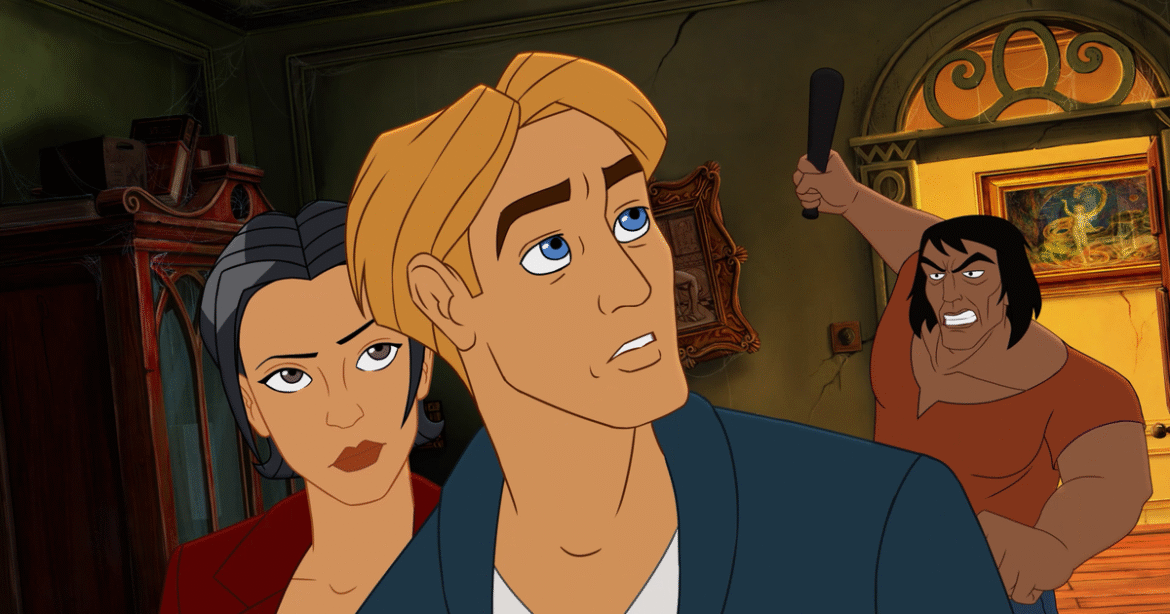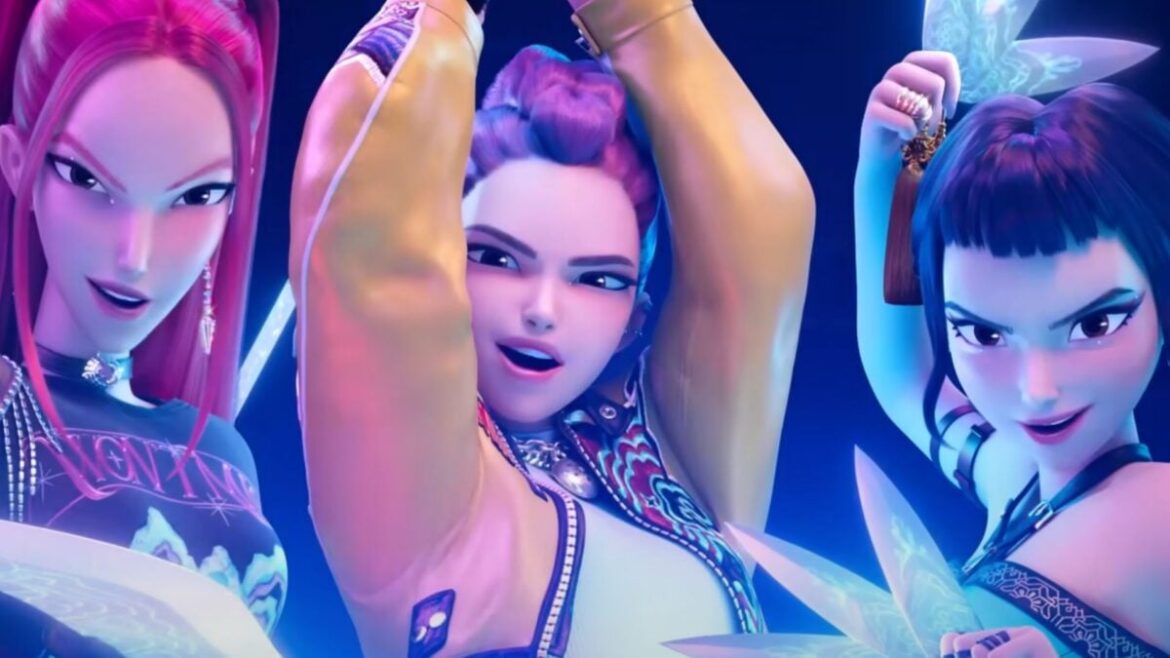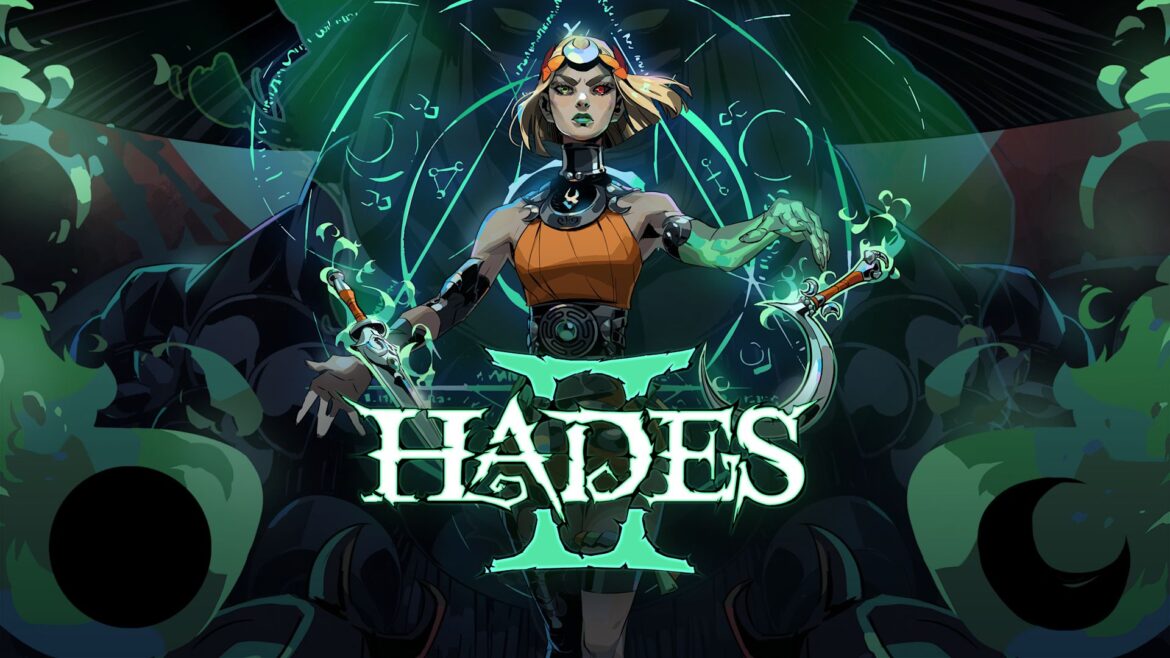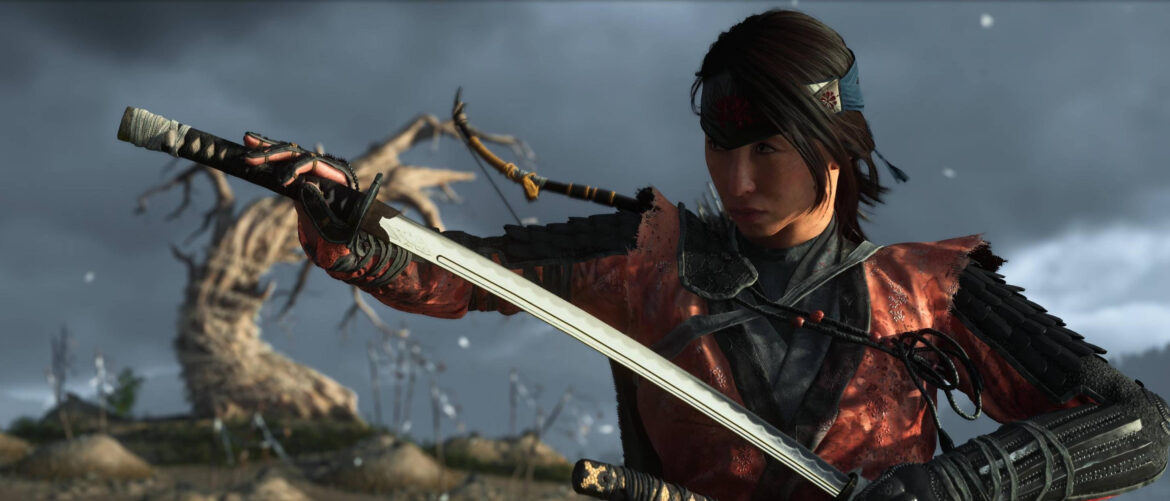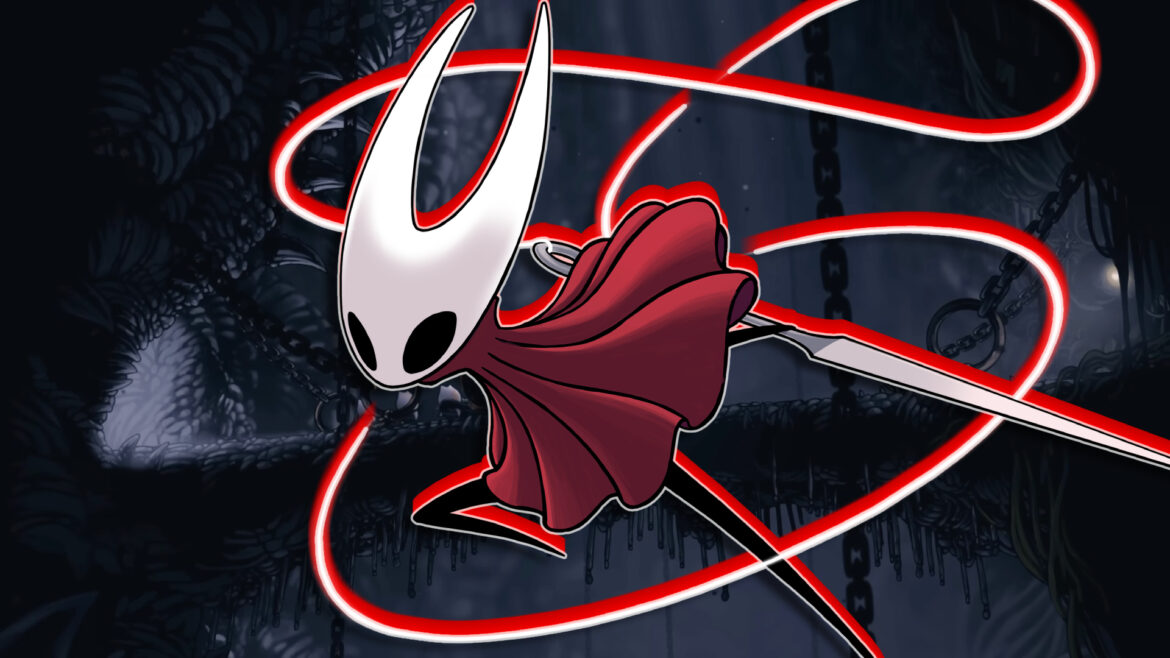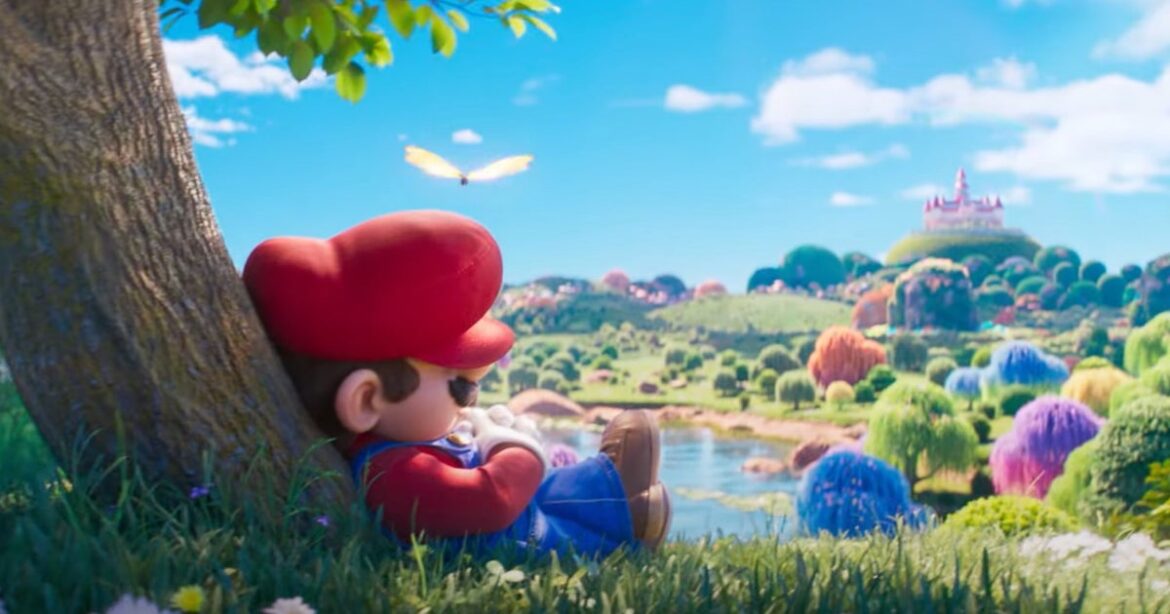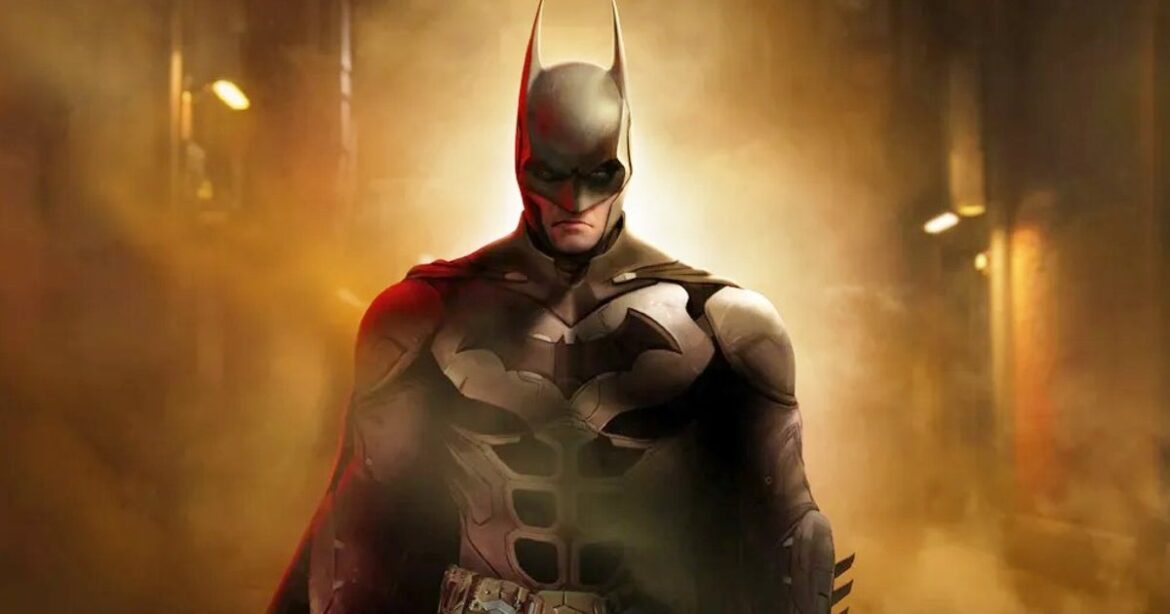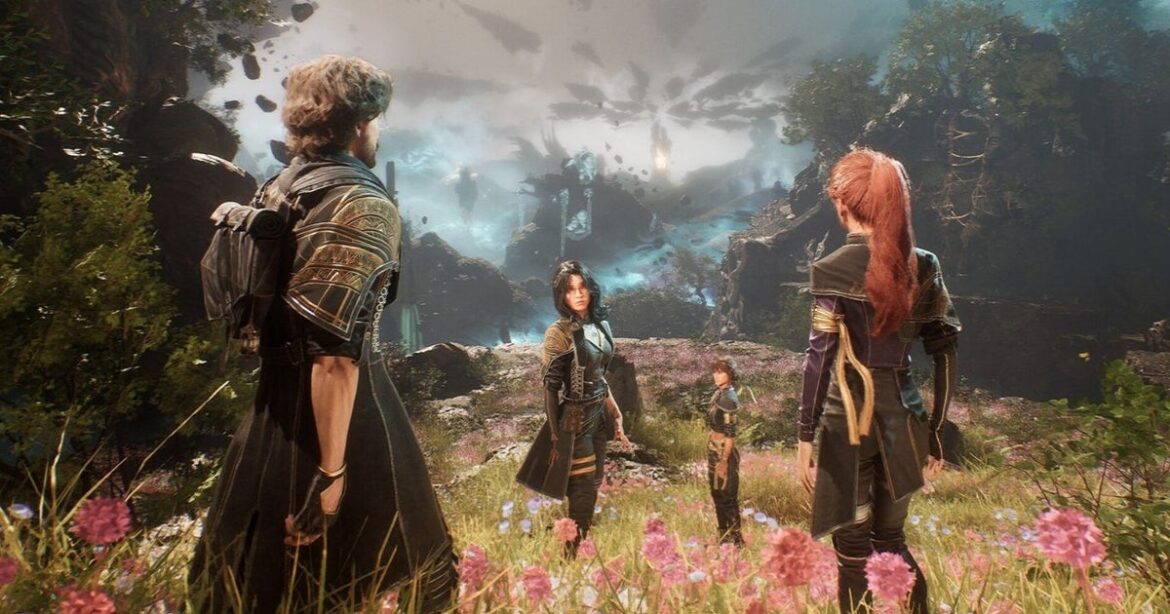A “reimagined” version of the second Broken Sword game is on the way, following 2024’s Broken Sword – Shadow of the Templars: Reforged.
Revolution Software hinted at the end of last year it was working on the sequel to its classic point-and-click adventure, and now Broken Sword – The Smoking Mirror: Reforged has been officially revealed.
“The Smoking Mirror has always been one of our most loved games, and with Reforged we were able to enhance it in ways that respect the original while making it shine for modern audiences,” said creator Charles Cecil, founder and CEO of Revolution Software. “Just as with the first game, we can’t wait for players old and new to experience it again.”
Broken Sword – The Smoking Mirror: Reforged | Announcement TrailerWatch on YouTube
The Reforged previous game included 4K visuals, new sprites and enhanced audio. Moreover, it included a new UI to help newer players with puzzle solutions.
The sequel will likewise allow players to instantly choose between the original and revised visuals, as well as choose between traditional and story modes for those puzzle hints.
Broken Sword – The Smoking Mirror was first released back in 1997 and sees American tourist George Stobbart and French journalist Nico Collard unravelling a Mayan conspiracy.
The Reforged version will be released in early 2026 across PC (Windows, Mac, Linux), PS5, Xbox One, Xbox Series X/S, and Nintendo Switch.

